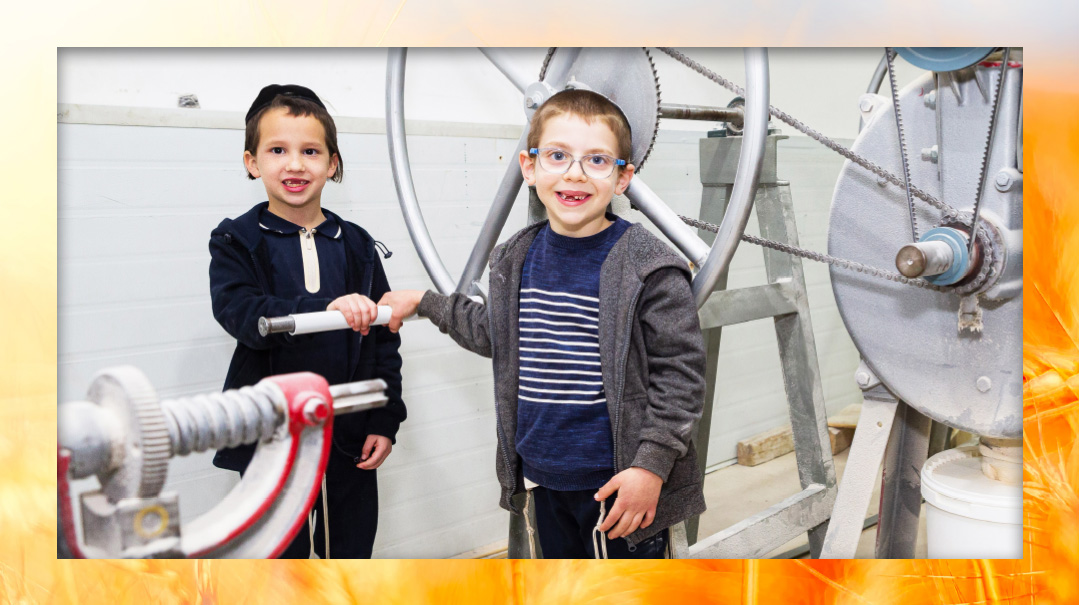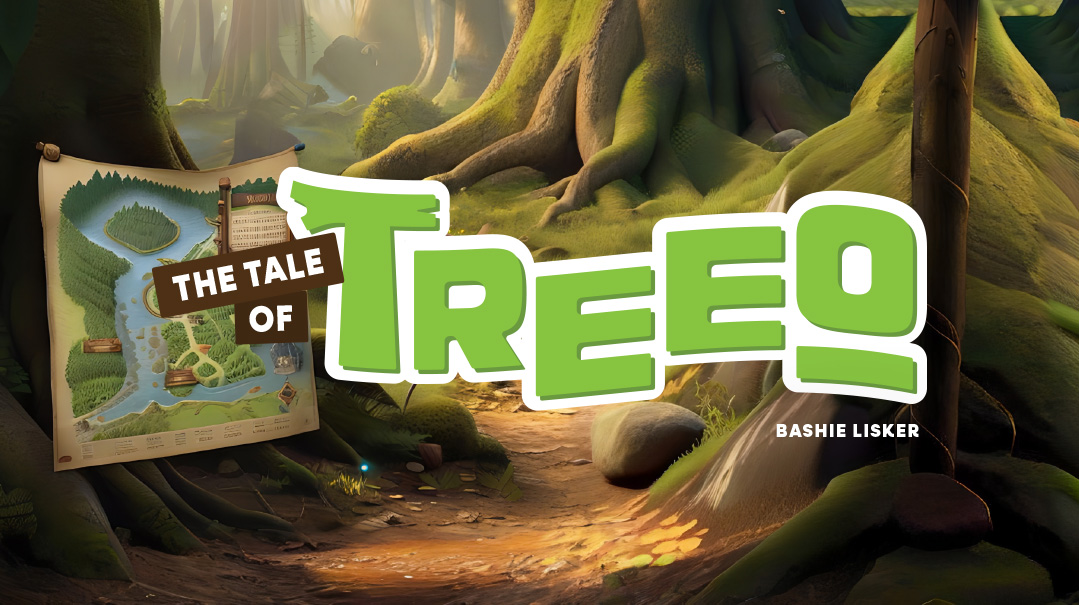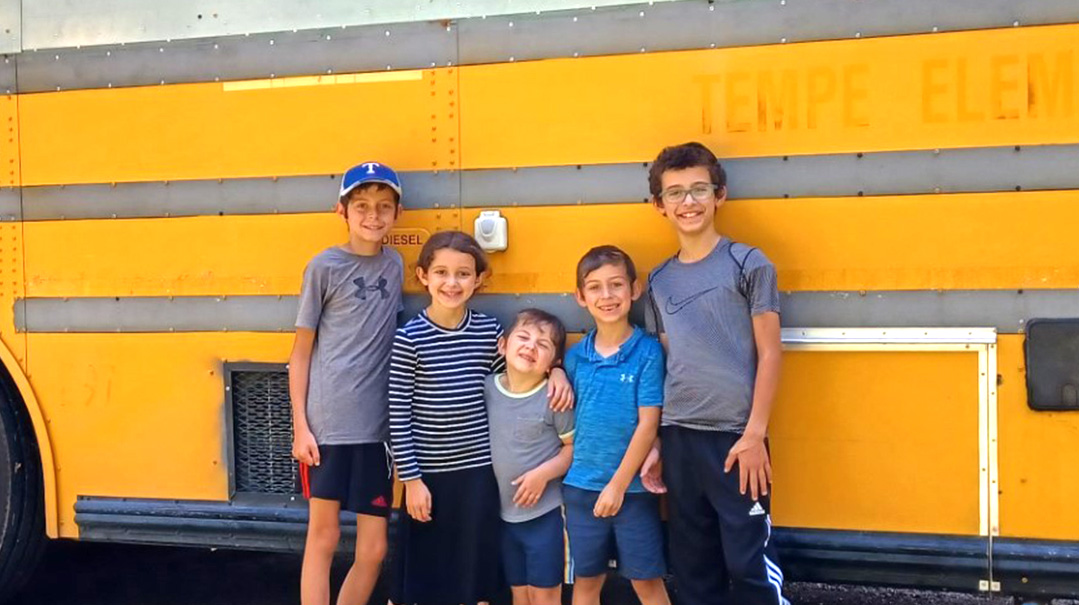The Step Before
| April 11, 2022What happens before the matzah bakery, before the water and flour and 18 minutes

Photos: Elchanan Kotler
In kindergarten, you learned that flour comes from wheat. And that wheat grows in great big wheat fields — long, straw-colored stalks waving gently in the breeze. But most of us have never given much thought to the process of those tall stalks becoming our bread, or matzah, as the case may be.
Wheat grows in the field just like any other crop. When it’s ready, it needs to be harvested. In other words, it needs to be cut so that it is no longer connected to the ground and can be carried away. In the past, a tool called a sickle — a large, rounded blade connected to a handle — was used to harvest the wheat. As you can imagine, that was very time-consuming, labor-intensive work. In the 1830s, the very first machines were being invented to help out with this chore. Get ready for a grand entrance, World: Welcome the Combine!
The combine, an amazing harvesting machine, changed the world of farming.
Not only does the combine actually harvest the wheat, it also completes the next step, all on its own! So, what’s the next step? I’m glad you asked!
Have you ever studied a stalk of wheat up close? Growing out of the straight, middle stem are many smaller stems, each one connected to a closed, individual wrapper known as the chaff. When you peel away the dry chaff, inside each almond-shaped wrapper is one tiny kernel of wheat. The kernels look a little bit like a grain of rice, but shorter, plumper, and darker.
Can you imagine how hard it was to harvest the wheat, and then remove each grain from the chaff? The terms “threshing” and “winnowing,” which you might have come across in the context of the lamed tes melachos, are ways that people used to do this. They’d walk on the stalks of wheat to loosen the kernels, and throw the stalks into the air to separate them. There were other ways to achieve this, but none of them were anywhere near as efficient as the combine. Not only does this machine harvest the wheat, it also does the separating! A massive chute coming out of the side of the combine delivers a steady stream of golden-brown wheat kernels into a waiting truck.
Great! Thanks to the combine, we now have truckloads of wheat kernels, ready to go. Now what?
Oops! We could not locate your form.






